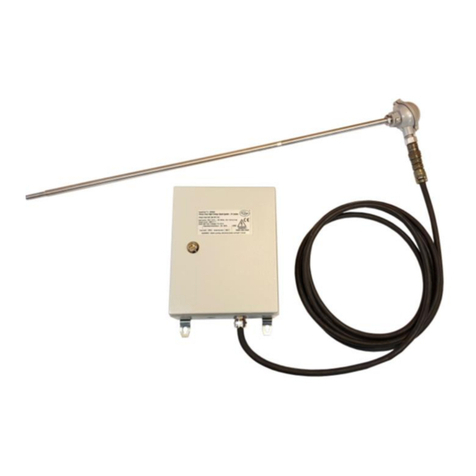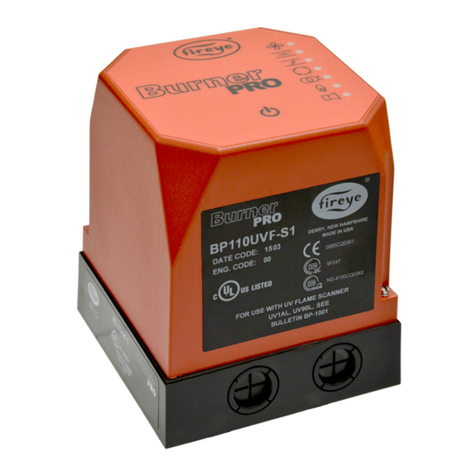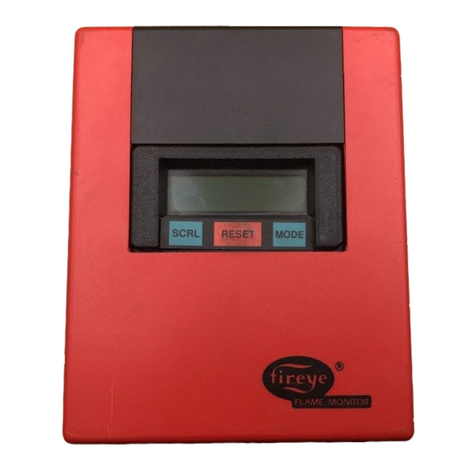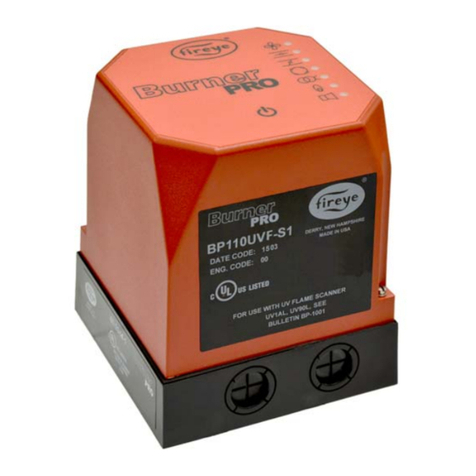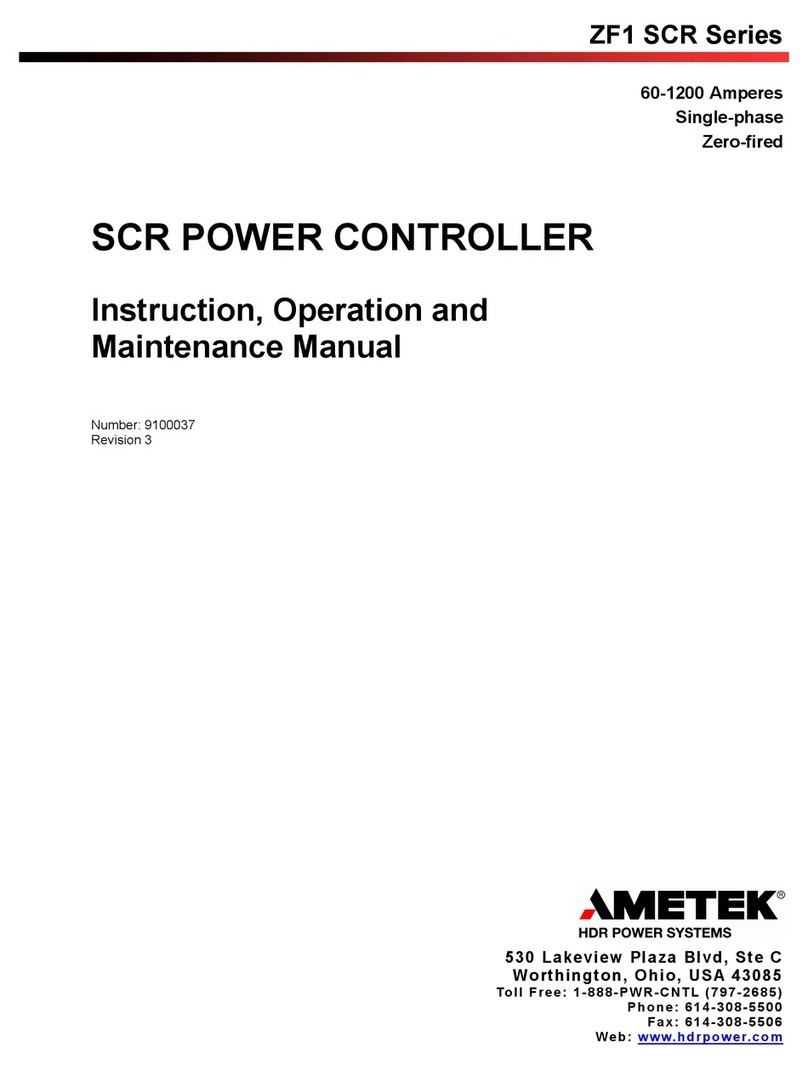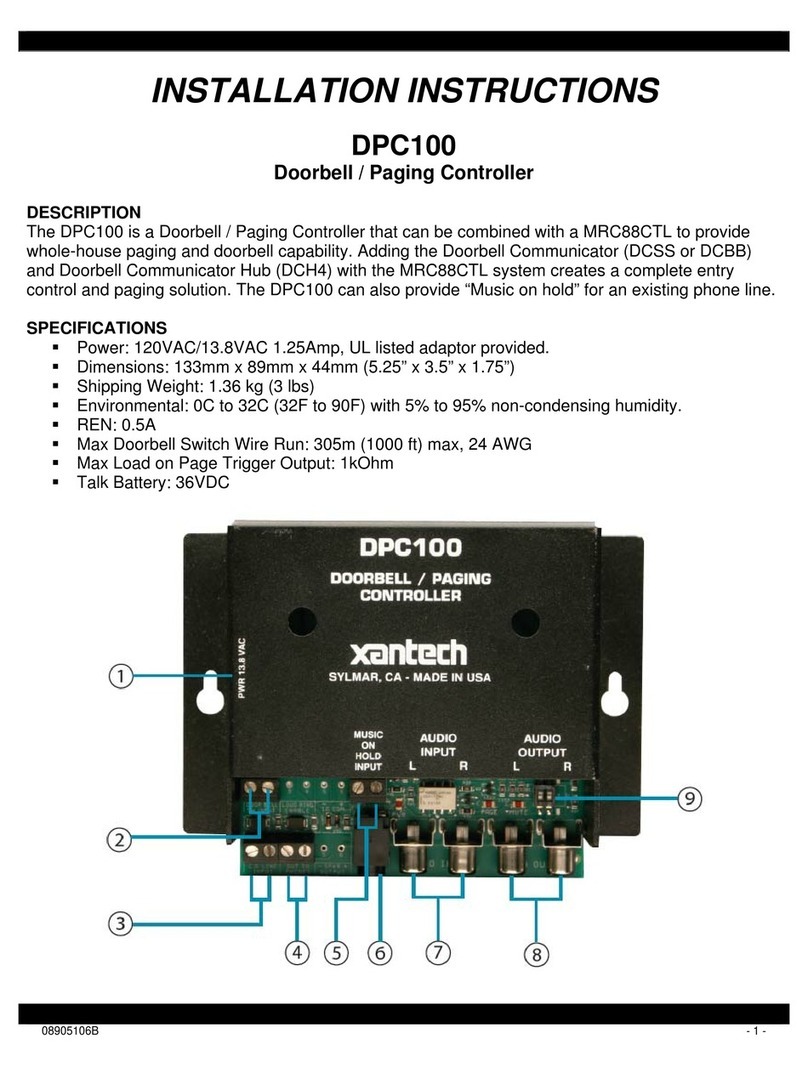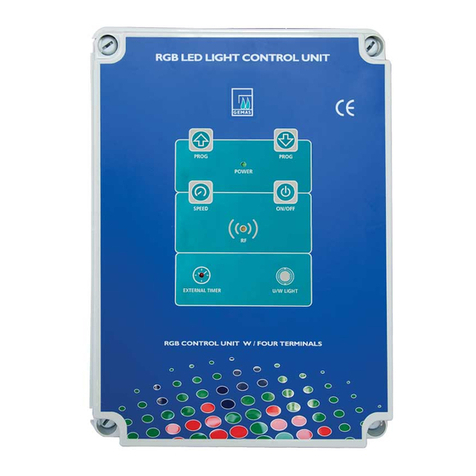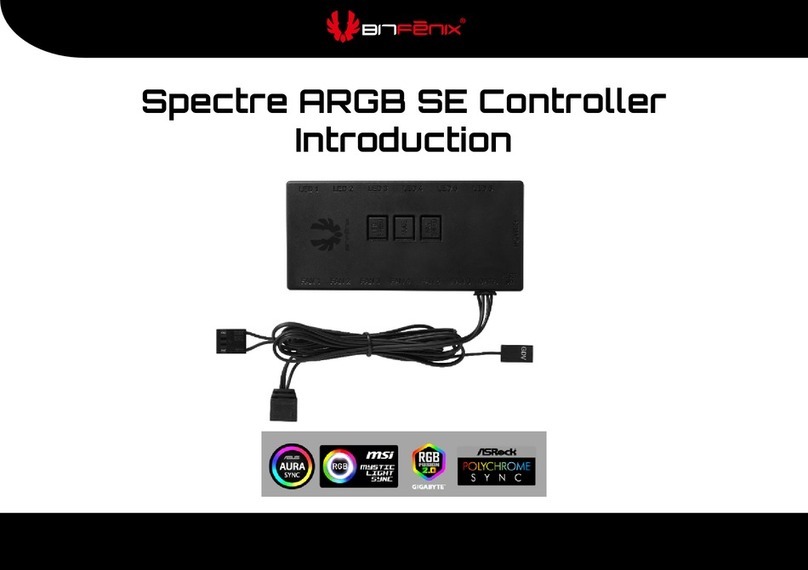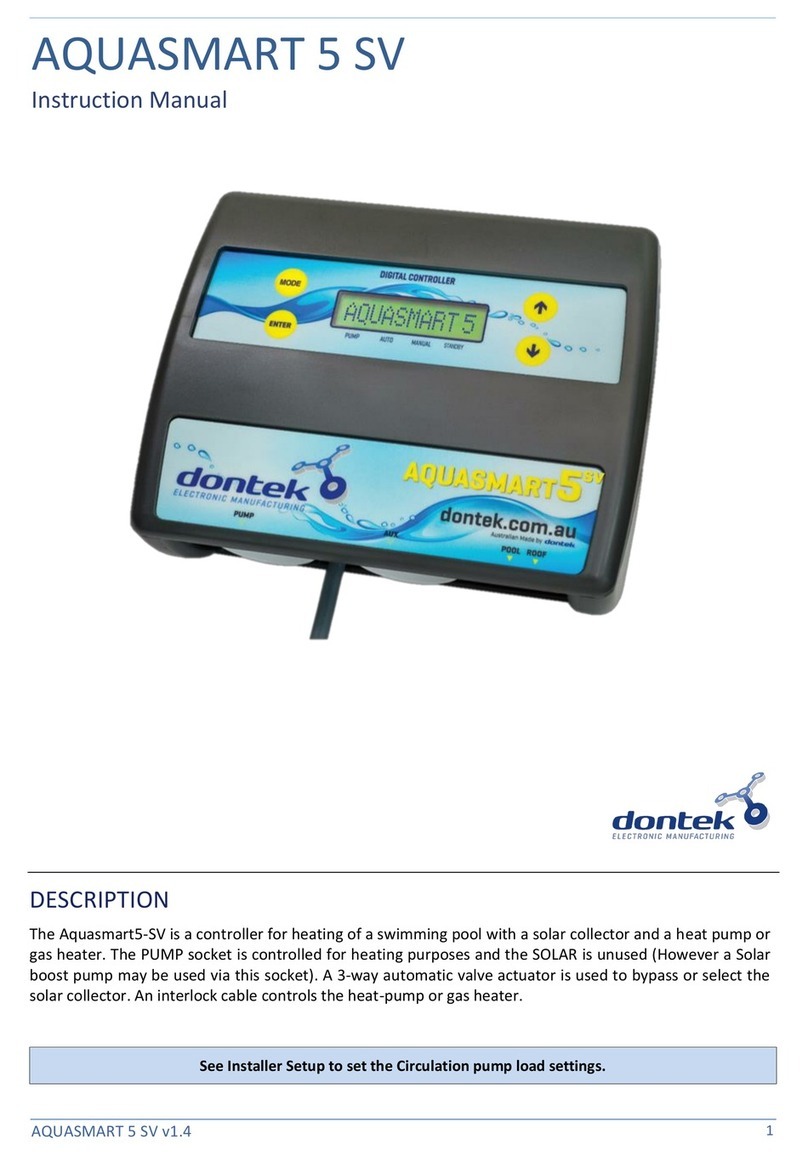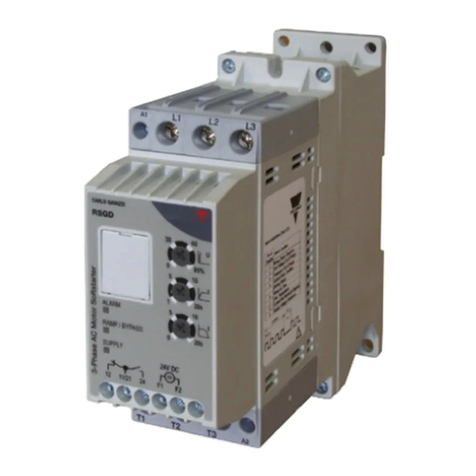Fireye SB Series User manual




















Other manuals for SB Series
2
Table of contents
Other Fireye Controllers manuals
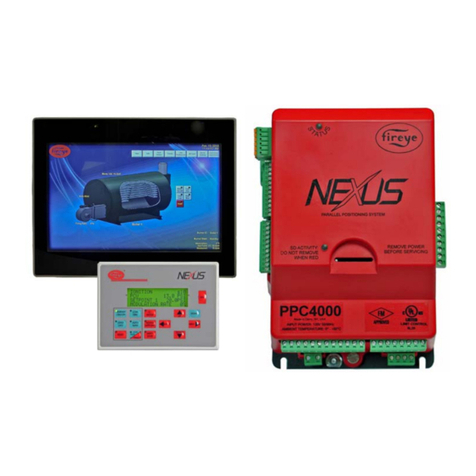
Fireye
Fireye PPC4000 SERIES User manual
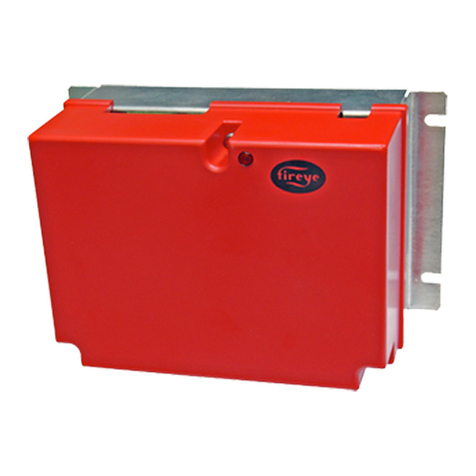
Fireye
Fireye PPC6000 Series Manual
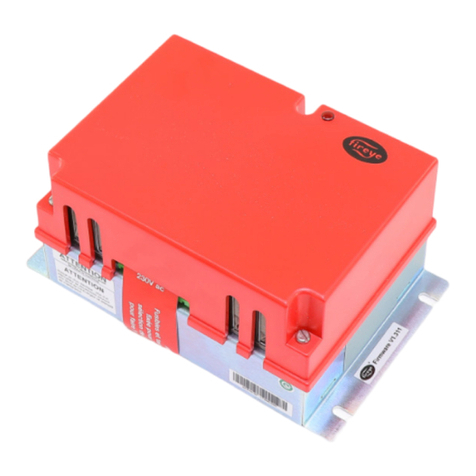
Fireye
Fireye NEXUS NX6100 series User manual
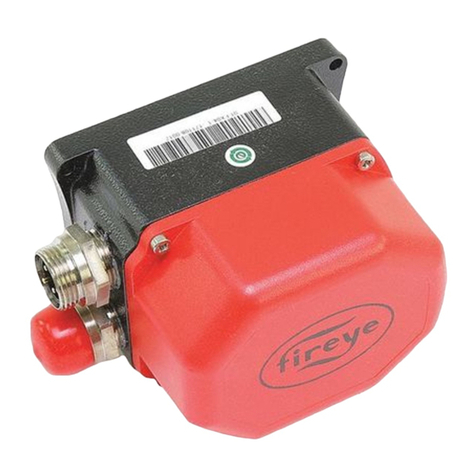
Fireye
Fireye FX Series User manual
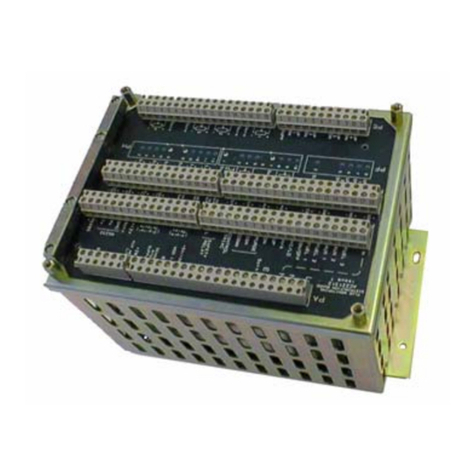
Fireye
Fireye PPC5000 User manual
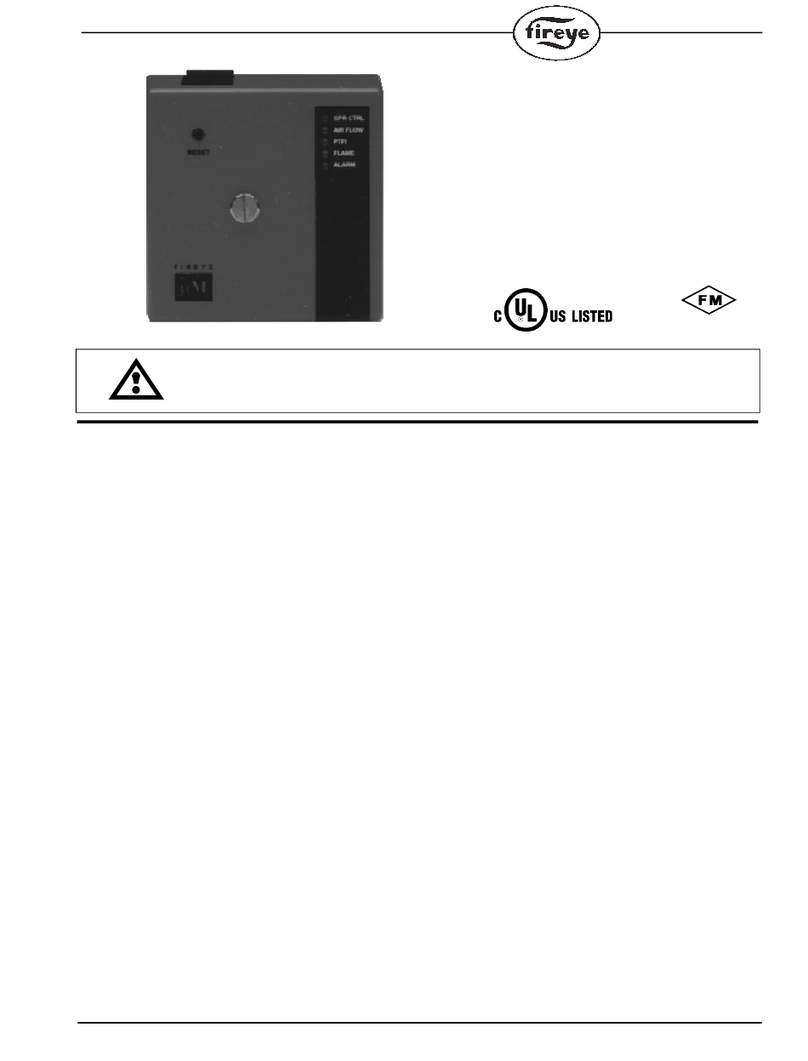
Fireye
Fireye MicroM Series User manual

Fireye
Fireye PPC6000 Series User manual

Fireye
Fireye NEXUS NX6100 series User manual
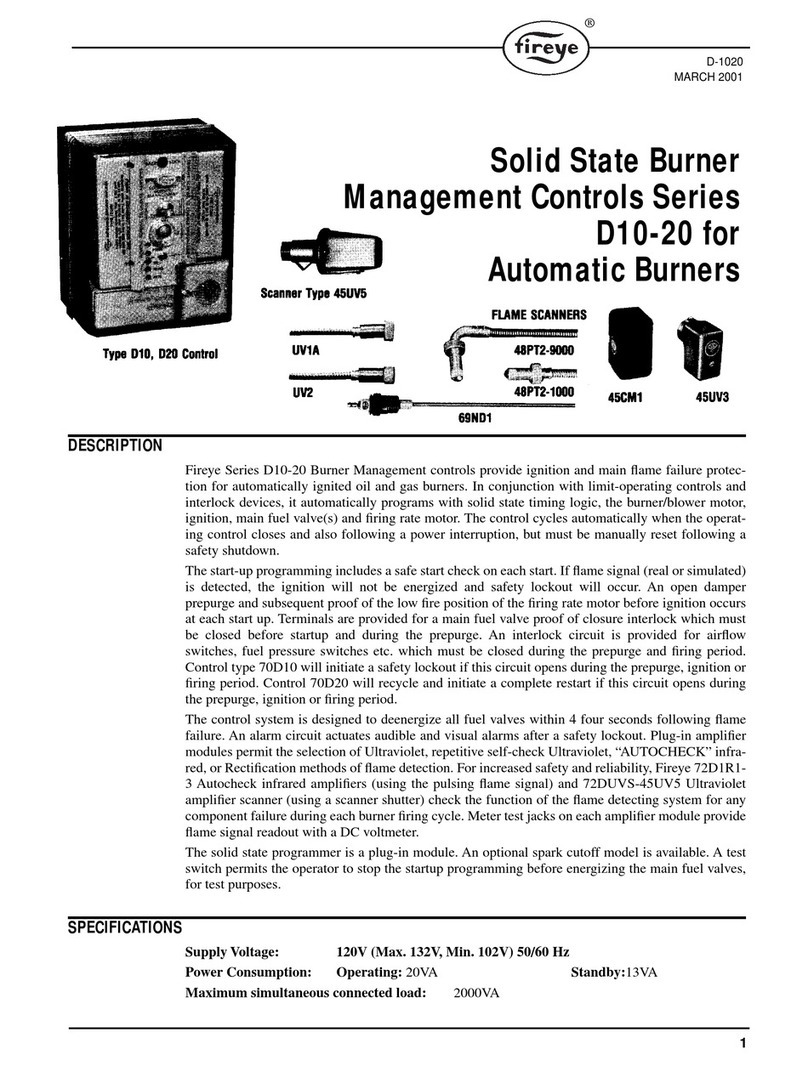
Fireye
Fireye D10 Series User manual
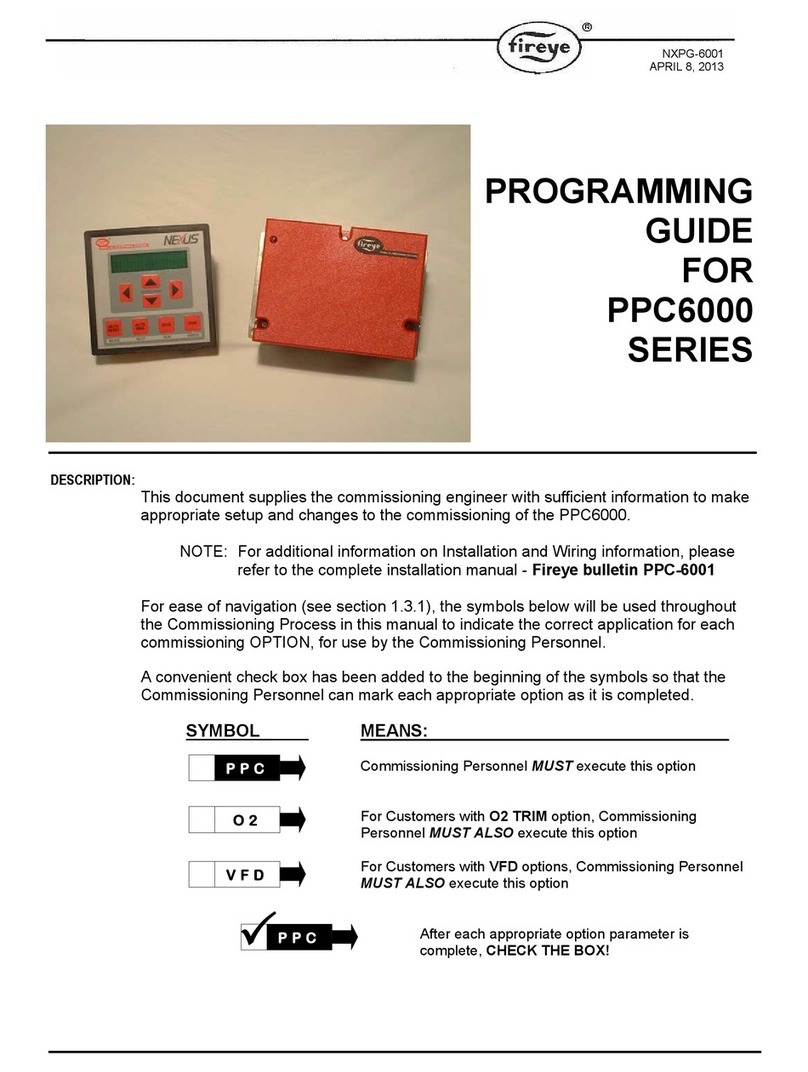
Fireye
Fireye PPC6000 Series Operating instructions
Popular Controllers manuals by other brands
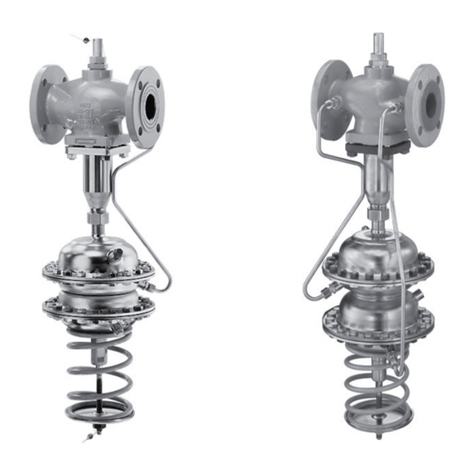
Samson
Samson 42-37 Mounting and operating instructions
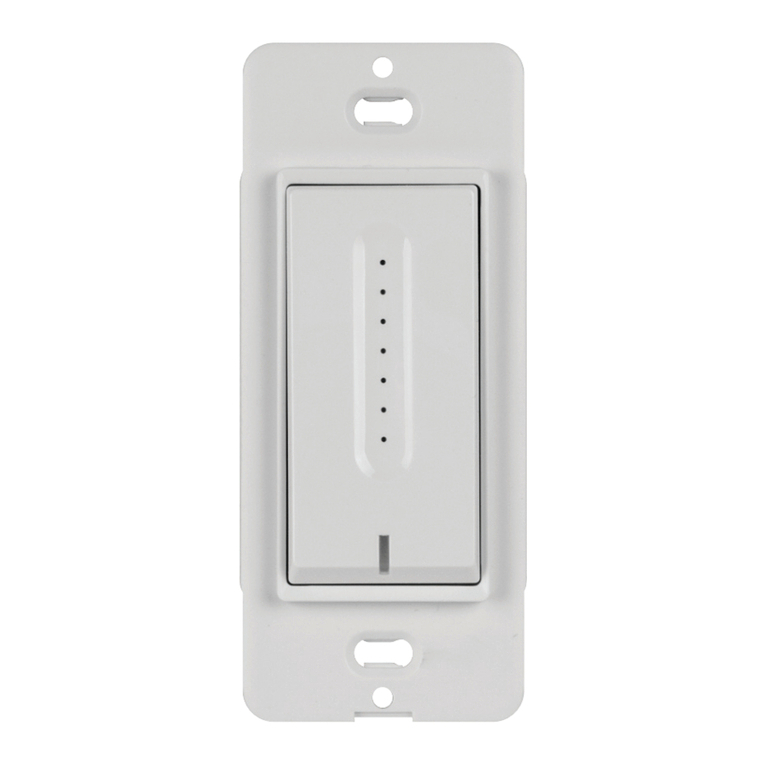
LITELINE
LITELINE LC-CRTL-DIM-1 user manual

Yamaha
Yamaha MCP1 installation manual
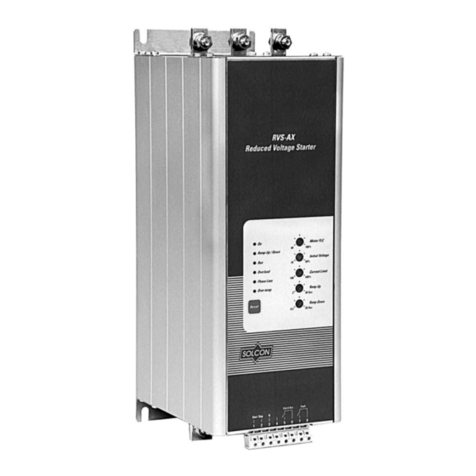
SAF
SAF Solcon Opal LT Series Installation & Operating Procedures
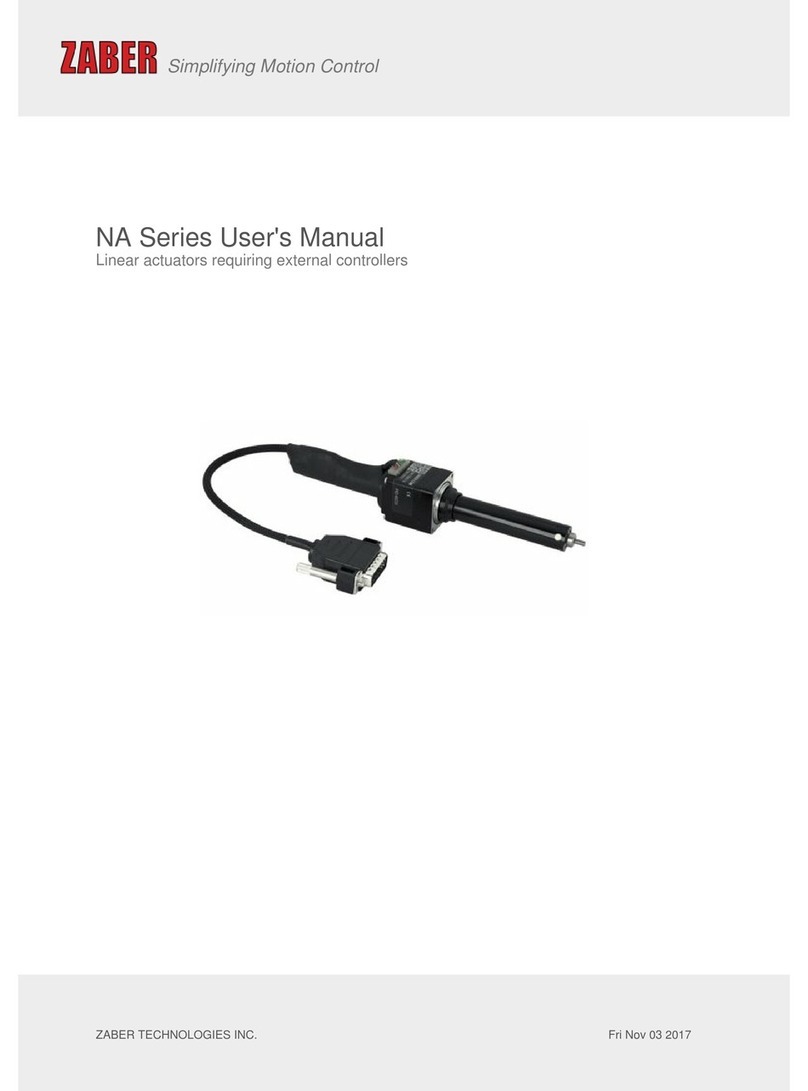
Zaber Technologies Inc.
Zaber Technologies Inc. NA Series user manual
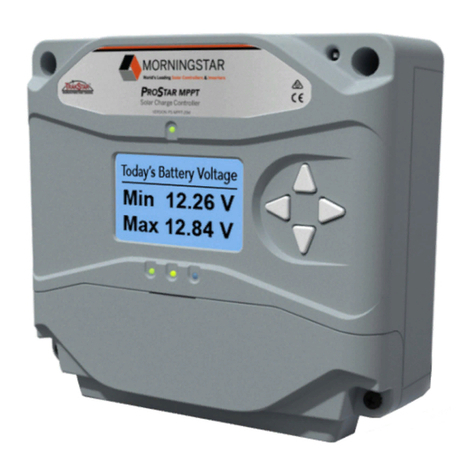
Morningstar
Morningstar ProStar MPPT TRAKSTAR PS-MPPT-15 Installation, operation and maintenance manual
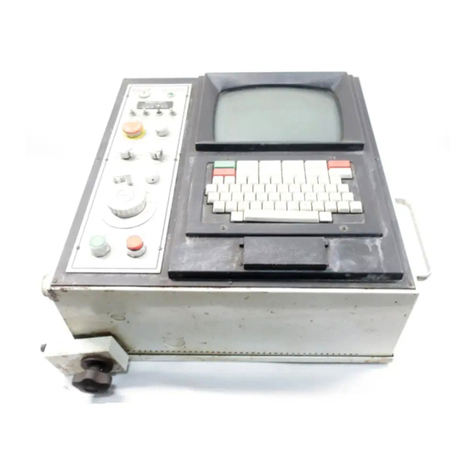
FADAL
FADAL CNC 88 manual
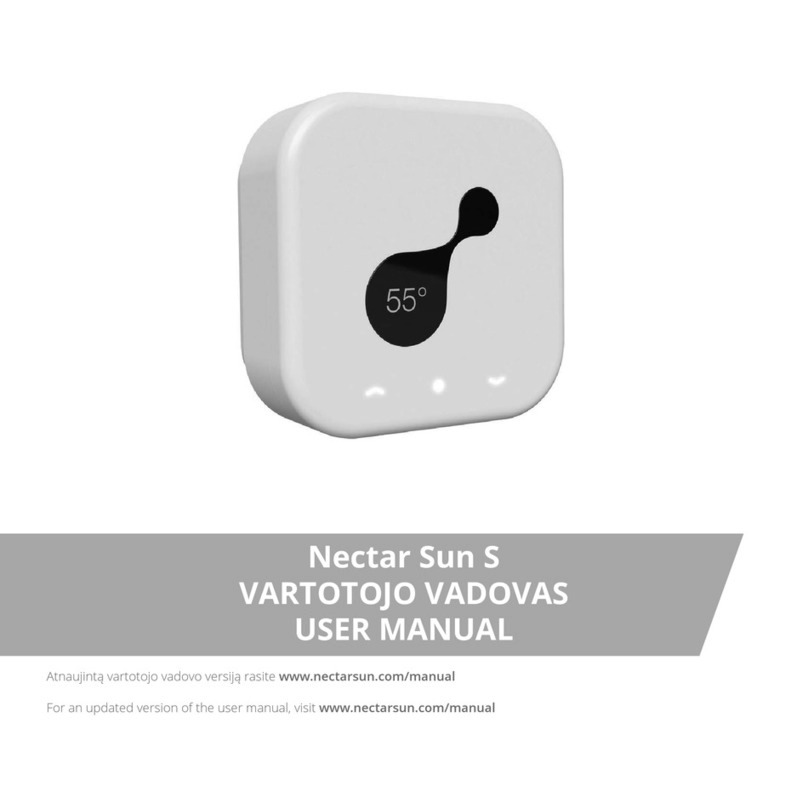
Nectar
Nectar Sun S user manual
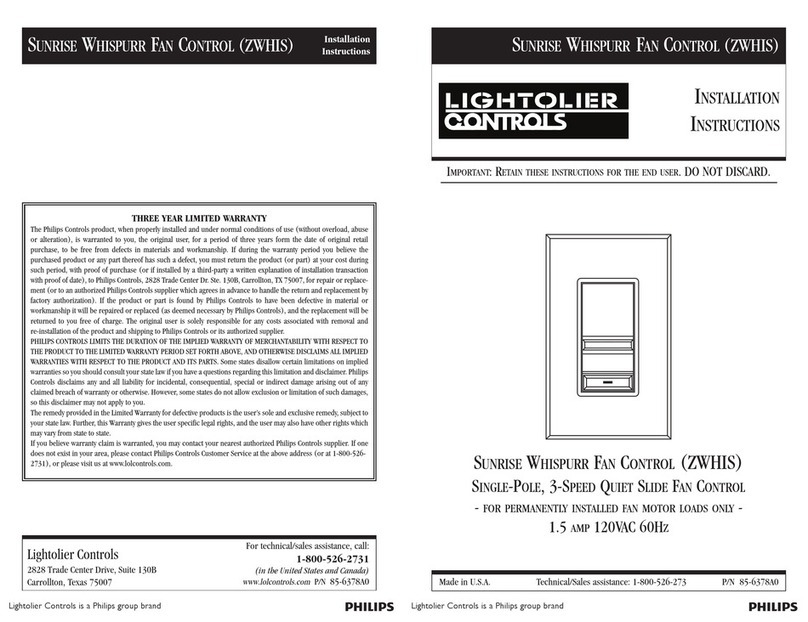
Philips
Philips Lightolier Controls Sunrise Whispurr installation instructions
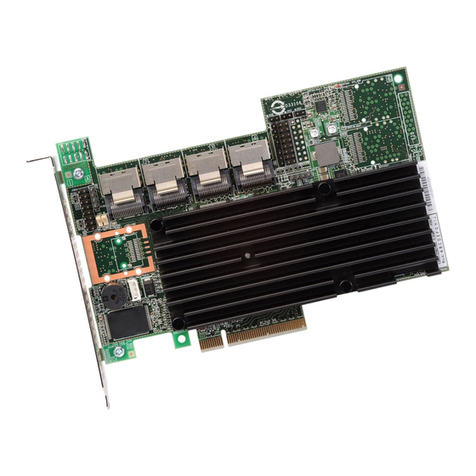
LSI
LSI MegaRAID SAS 9260-16i RAID Controller Quick installation guide

Axel Larsson
Axel Larsson AL 79-045U Installation, Maintenance and Operating Instruction Manual
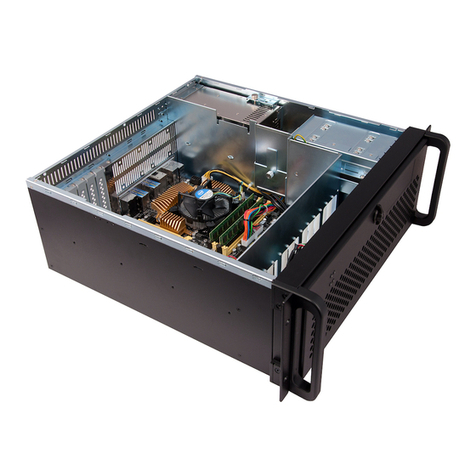
Datapath
Datapath VSN400 Series user guide
